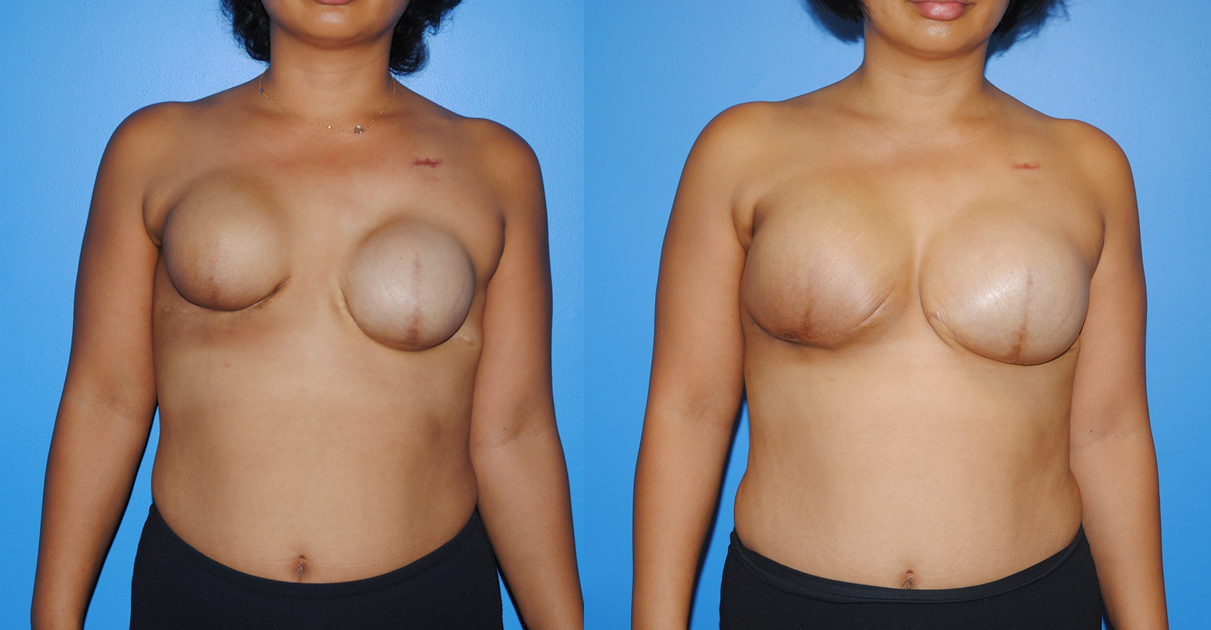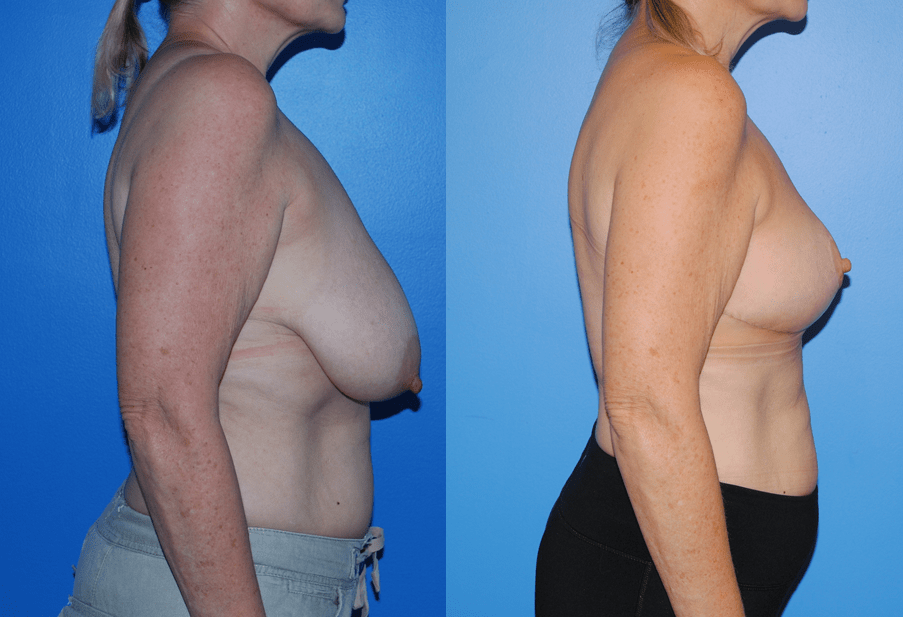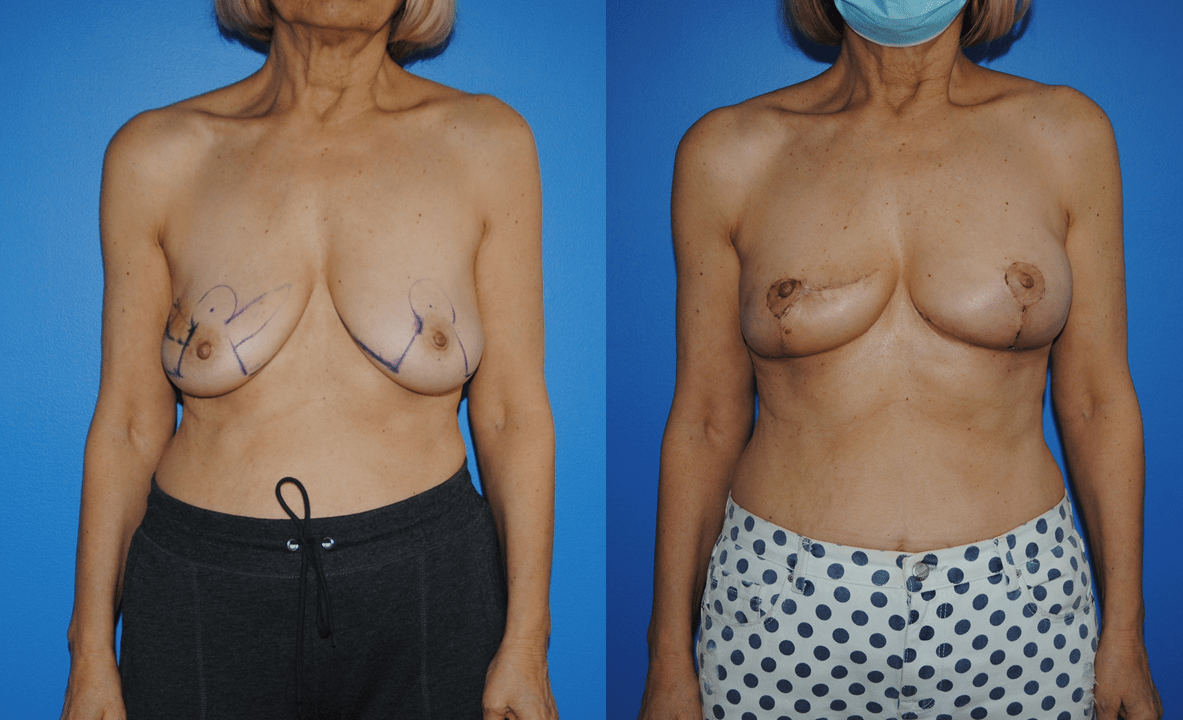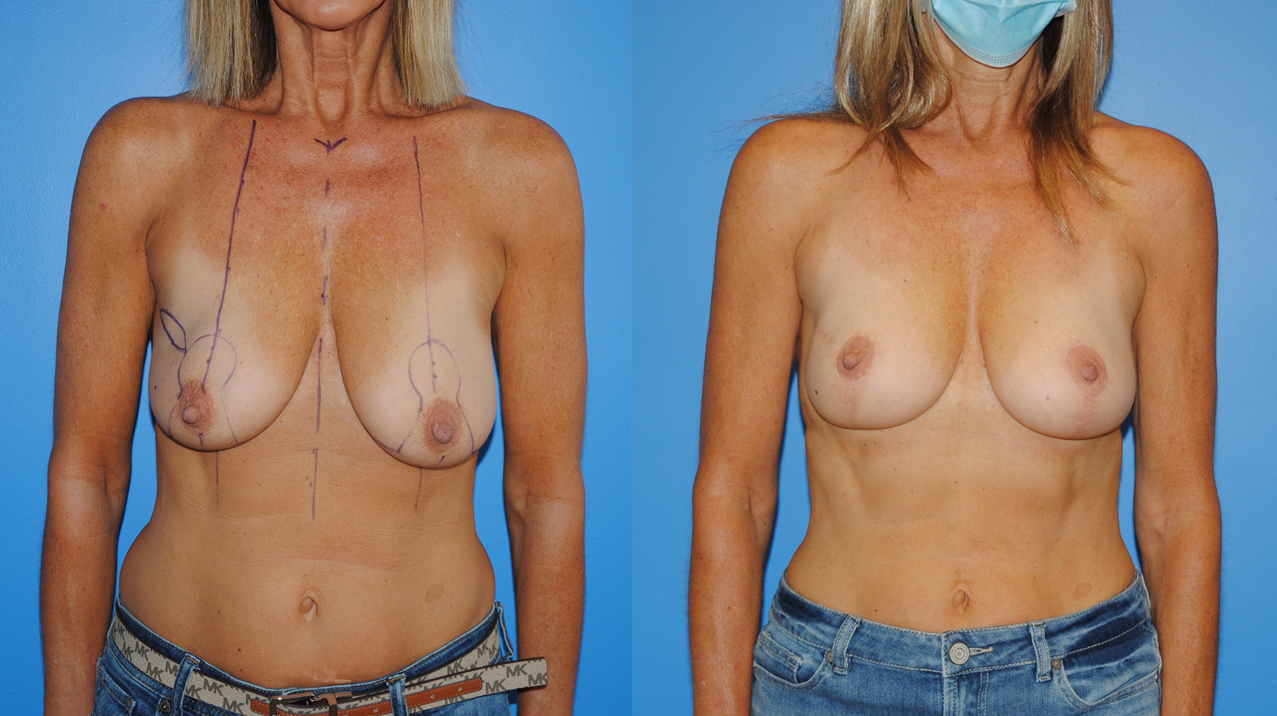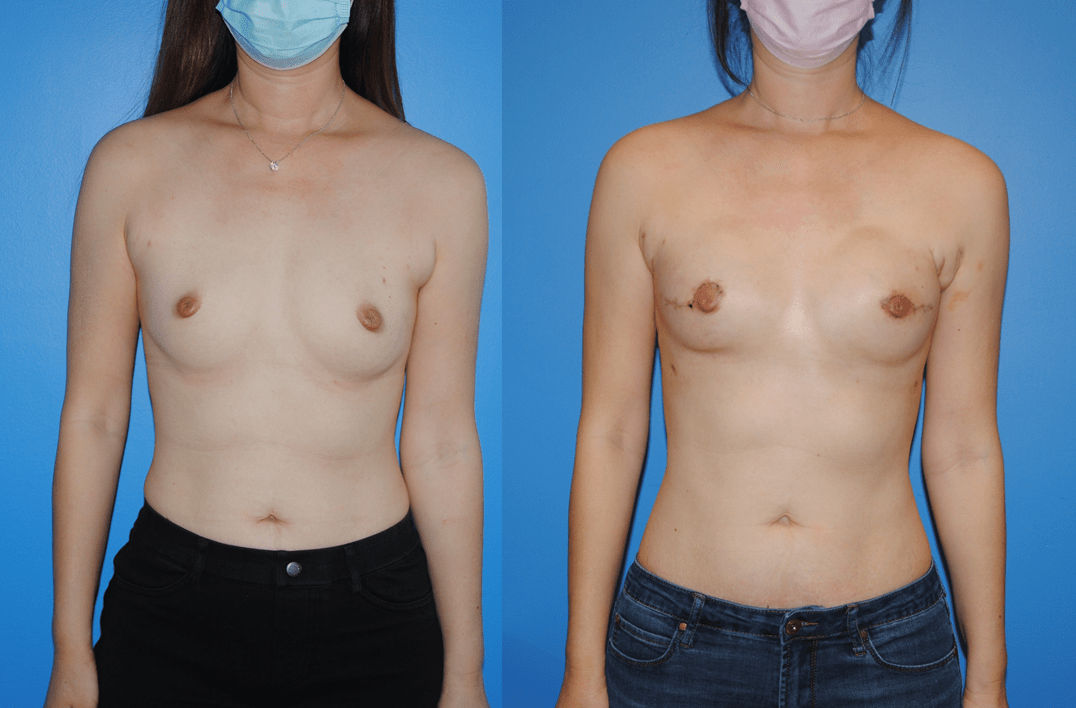Tissue Expanders are often inserted as a first stage of breast reconstruction during the mastectomy. The tissue expanders can be placed above the muscle or below the muscle and depending upon the type of reconstruction that is going to be undertaken. When the tissue expander is placed beneath the pectoralis major muscle it often assumed a higher position that expected…
